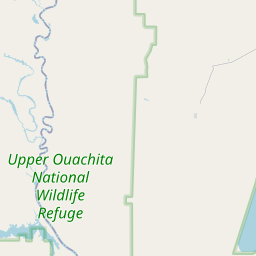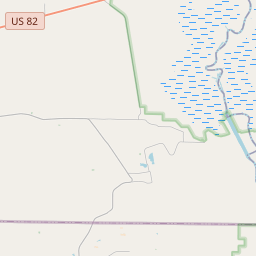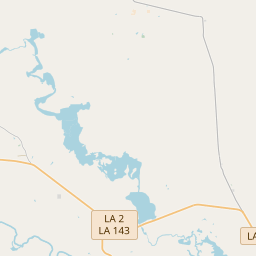Visit Us
Upper Ouachita National Wildlife Refuge offers a wide variety of free wildlife dependent recreational opportunities. Thousands of people visit the refuge to fish and hunt while others traverse the refuge to bird watch, see wildlife, and take pictures. There are no visitor facilities available on the refuge. Because the refuge is subject to deep flooding, you may encounter some roads with water over them at different times of the year. Do not attempt to drive through water. You may want to contact the Refuge Complex Headquarters at 318-726-4222 for current conditions.
Location and Contact Information
- Upper Ouachita National Wildlife RefugeView DetailsC/O North Louisiana Refuges 11372 Highway 143 Farmerville, LA 71241-0401
About Us
Upper Ouachita NWR, located north of Sterlington, Louisiana, lies on the western edge of the Mississippi Alluvial Valley. It was established in 1978 to provide habitat for migratory birds. Additionally, the refuge provides habitat for alligators, forest interior songbirds, bald eagles, Louisiana black bear, the little known Rafinesque's big-eared bat, migrating shorebirds and the endangered red-cockaded woodpecker.
What We Do
Staff at Upper Ouachita NWR manage habitat for native wildlife species using tools including forest management, prescribed burning, hydrological restoration projects, and invasive species invasive species
An invasive species is any plant or animal that has spread or been introduced into a new area where they are, or could, cause harm to the environment, economy, or human, animal, or plant health. Their unwelcome presence can destroy ecosystems and cost millions of dollars.
Learn more about invasive species management.


















